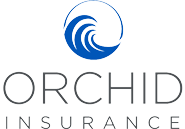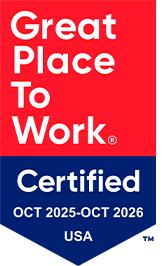When the water swirls around her neighborhood, which is becoming more and more routine during high tide, Deb Bourbeau feels like she owns oceanfront property. The truth is her weekend home looks out over a tidal marsh in the west end of Hampton Beach, a small resort town on a little piece of the New Hampshire coastline. Bourbeau carries flood insurance voluntarily, and her home’s elevated foundation helps to lower premiums.
For Bourbeau and millions of at-risk homeowner’s and commercial property owners, flood insurance premiums could rise as much as four times more than their current rates in the next few years when the first major update to the beleaguered National Flood Insurance Program in 50 years begins to take effect in October.
Managed by the Federal Emergency Management Agency, NFIP serves roughly 5 million homes, most of which are in high-risk flood areas. FEMA estimates that Risk Rating 2.0 — the new methodology for assessing the likelihood of floods — will result in immediate cost reductions for 23 percent of existing policies across the 50 states and District of Columbia.
While the new method for assessing rates will reduce costs on nearly 1.2 million policies, more than 3.8 million policyholders will see premiums increase at least $10 per month. That dollar amount could rise until it reaches a cap of $12,000 a year. About 4 percent of the existing policies across the United States will experience the highest rate hikes — greater than $20 a month or $240 a year.
Geography Influences Cost
Ross Bowie, Head of Personal Lines at Orchid Insurance, said Florida, Texas, Louisiana, New Jersey, and New York are more likely to see the highest rates based on geographic factors that influence the cost of flood insurance.
“If you have a federally backed mortgage and FEMA has determined you live in a flood hazard zone, you’re required to have flood insurance,” said Bowie. “While flood insurance is not required, if you own property on and off the coast, in tidal areas, or on river flood plains, it’s a good idea.”
Bowie said it is important for agents to tell their clients that a homeowner policy typically does not cover flooding and, even if it does, additional standalone insurance may be required to truly protect a home or commercial property.
“Insurance agents and brokers have an obligation to provide their clients not only with the latest information about flooding risks, but practical solutions that will help them to recover more quickly in the event of severe damage,” he said.
Bowie said Orchid offers an alternative to NFIP by providing appointed agents access to Private Primary Flood programs on non-admitted paper. These private markets allow a higher limit than the NFIP and do not require the 30-day waiting period. Both Orchid flood insurance carriers are A.M. Best A- or Better Rated.
Rising Rates
FEMA has risen rates before. In fact, premiums have risen steadily over the years, and yet the program is more than $20 billion in debt, in part, due to climate change-related activity, such as sea-level rise and increased storms and heavy precipitation events, which lead to more intense and more widespread flooding.
Prior to Risk Rating 2.0, FEMA based rates on two factors: whether homes were inside a severe flood zone, and if so, their elevation within those zones. FEMA says its new model is based on huge advances in technology including sophisticated catastrophe models that are standard for the private insurance industry.
Orchid Underwriters Insurance, LLC, is the First Choice for catastrophic-exposed property insurance. If you need flexible products, fast processes, expert underwriting and competitive pricing, superior customer service is a phone call away at 1-866-370-6505 or visit https://orchidinsurance.com/


